Remember sitting in those velvet theater seats, popcorn in hand, as the lights dimmed and those magical words appeared: “Coming Soon”? The 1970s were the golden age of movie trailers – mini-masterpieces of editing and narration that often oversold what was actually coming to theaters. We’d shell out our hard-earned $2.50 regardless, drawn in by promises of spectacle that sometimes left us scratching our heads on the drive home. But goodness gracious, wasn’t there something wonderful about that collective experience of anticipation, even when the movies themselves didn’t quite deliver?
1. “Zardoz” (1974)
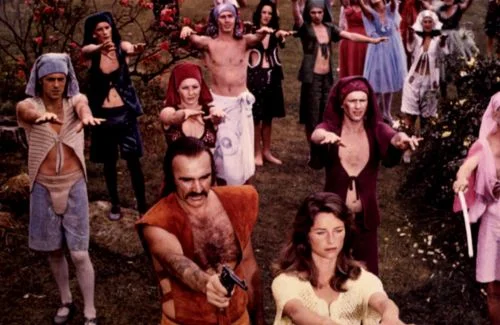
The trailer for “Zardoz” promised a mind-bending science fiction epic with Sean Connery in his post-Bond glory, featuring eye-popping visuals and profound philosophical themes. What audiences actually got was Connery in a red diaper outfit, floating stone heads vomiting weapons, and dialogue so pretentious it made college philosophy students blush. The psychedelic editing and dramatic narrator assured us we’d witness “the ultimate experience,” when in reality most of us experienced ultimate confusion. As seen by the ratings on IMDb, a lot of people have thought about this film across decades.
Those theatrical previews cleverly avoided revealing the film’s bizarre premise about a future society where “Brutals” were controlled by “Eternals” through a giant flying stone head god named Zardoz. Director John Boorman’s follow-up to “Deliverance” certainly had ambition, but many viewers left theaters wondering if they’d missed something crucial or if the whole thing was an elaborate joke. Nevertheless, the film has achieved cult status precisely because it’s so darned weird, proving that sometimes a movie’s failure to deliver on its trailer’s promises creates its own kind of legend.
2. “The Swarm” (1978)
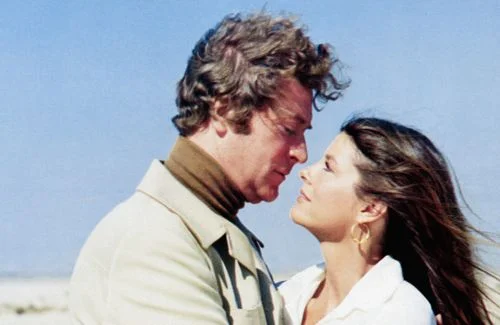
Irwin Allen’s disaster epic “The Swarm” was marketed with a trailer featuring the era’s biggest stars fighting against killer bees in what promised to be the scariest nature-gone-wild film since “Jaws.” Michael Caine led an all-star cast including Henry Fonda, Richard Widmark, and Olivia de Havilland in what the trailer called “the ultimate disaster film,” with scenes of cities in panic and military might mobilized against a terrifying threat. The breathless narration convinced us we’d be on the edge of our seats watching the most thrilling battle between man and nature ever filmed. IMDb does not have fond memories of this film, but it certainly has a lot of memories.
What we actually got was a bloated, two-hour snoozefest where the most terrifying aspect was watching respected actors deliver lines like “The bees are coming!” with straight faces. The special effects consisted mainly of obvious fake bees superimposed onto footage, and the dramatic moments promised in the trailer were few and far between. Despite its $21 million budget (enormous for the time), the film landed with a thud at the box office, proving that even star power and disaster movie pedigree couldn’t save this buzzkill of a movie.
3. “Exorcist II: The Heretic” (1977)
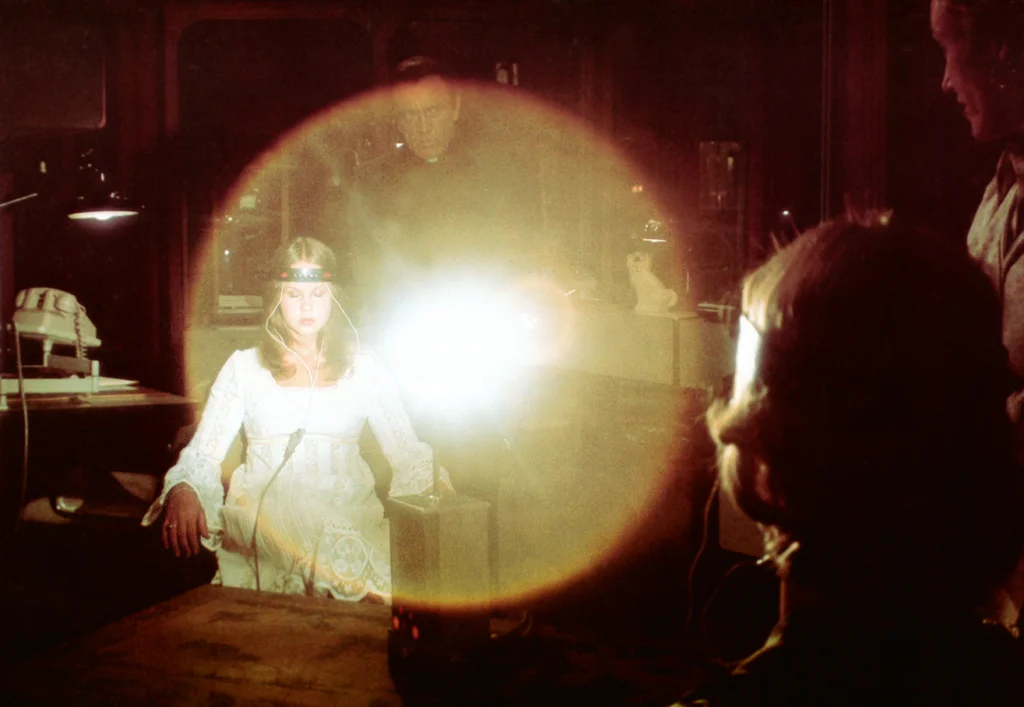
The trailer for “Exorcist II: The Heretic” capitalized on the unprecedented success of the original film, promising an even more terrifying continuation of Regan MacNeil’s story with bigger scares and deeper supernatural mythology. Warner Bros. spent big money on a campaign featuring hypnotic imagery, tribal ceremonies, and Richard Burton’s authoritative voice, with the narrator promising “a new dimension in terror” that would surpass the original’s groundbreaking horror. Linda Blair’s return as Regan seemed to guarantee we’d experience the same level of fright that had us checking under our beds after the original. Fangoria recounts just how scathing the reviews for this film ultimately got.
Instead, we got a pretentious mess featuring Burton looking embarrassed, bizarre sequences involving synchronized heartbeats via a “synchronizer” machine, and James Earl Jones in a locust costume. Director John Boorman’s metaphysical approach replaced William Friedkin’s visceral terror with mumbo-jumbo about collective consciousness and ancient demons in Africa. The film was so poorly received that audiences reportedly threw popcorn at the screen and demanded refunds, making it one of the most notorious bait-and-switches in horror sequel history.
4. “The Valley of Gwangi” (1969)
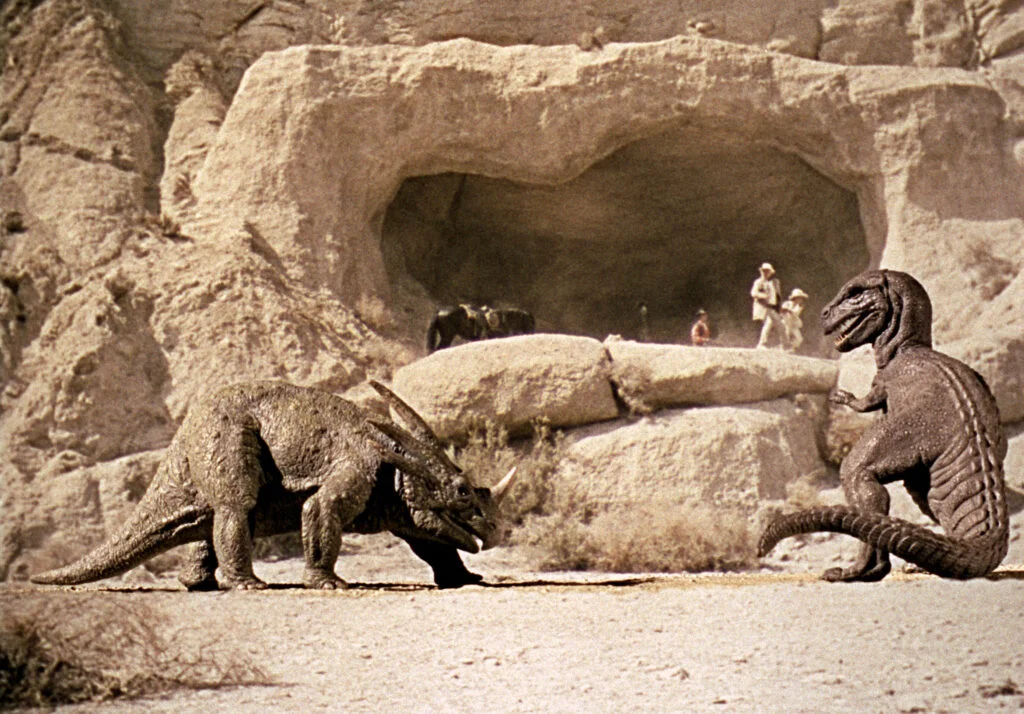
Though technically released in 1969, “The Valley of Gwangi” was a staple of early ’70s television and re-releases, with a trailer showcasing Ray Harryhausen’s spectacular stop-motion dinosaurs battling cowboys in what promised to be the most exciting western-meets-fantasy adventure ever filmed. The theatrical preview highlighted an incredible sequence of cowboys lassoing a living, breathing Allosaurus, alongside dramatic music and narration promising “the most incredible spectacle ever seen!” Children across America begged their parents to take them to see cowboys fighting dinosaurs, which sounded like the coolest concept imaginable. Rotten Tomatoes scraped together some reviews for this movie, and they are not glowing.
What we actually got was a plodding story about a struggling Wild West show that spent far too long on human drama before getting to the dinosaur action. By the time Gwangi and friends appeared, many youngsters had fallen asleep or lost interest, as the film devoted most of its runtime to tedious exposition rather than the dino-cowboy battles prominently featured in the trailer. While Harryhausen’s effects were indeed spectacular (and hold up remarkably well today), the film’s pace and focus disappointed many viewers who came for dinosaur rodeo action but got a slow-burn adventure with limited prehistoric payoff.
5. “Logan’s Run” (1976)
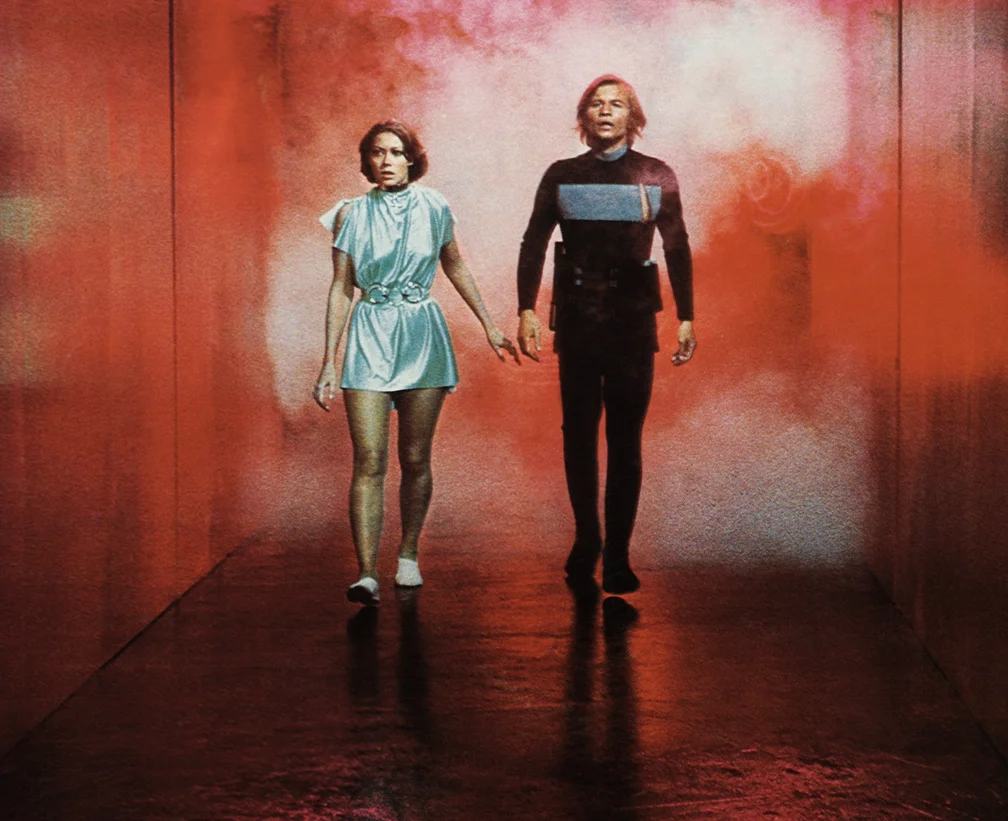
The trailer for “Logan’s Run” offered a vision of the future unlike anything we’d seen before: a gleaming utopia where everyone was young and beautiful, living in perfect harmony – until their 30th birthday, when they had to face “Carousel” in a spectacular ritual of renewal. With groundbreaking special effects, futuristic sets, and stunning cinematography, the preview promised a mind-blowing sci-fi adventure that would challenge our concepts of youth and immortality. The glimpses of the domed city, hovering vehicles, and Michael York and Jenny Agutter’s daring escape had us counting down the days until release.
The actual film delivered impressive sets and an intriguing premise but suffered from painfully dated special effects that looked cheap even by 1976 standards. The “groundbreaking” city miniatures resembled an elaborate shopping mall, while the supposedly terrifying robot villain looked like something assembled from spare parts in someone’s garage. The deeper philosophical questions raised in the trailer were largely abandoned in favor of a straightforward chase plot, though we have to admit watching a young Farrah Fawcett and those iconic 70s costumes almost made up for the disappointment.
6. “The Car” (1977)
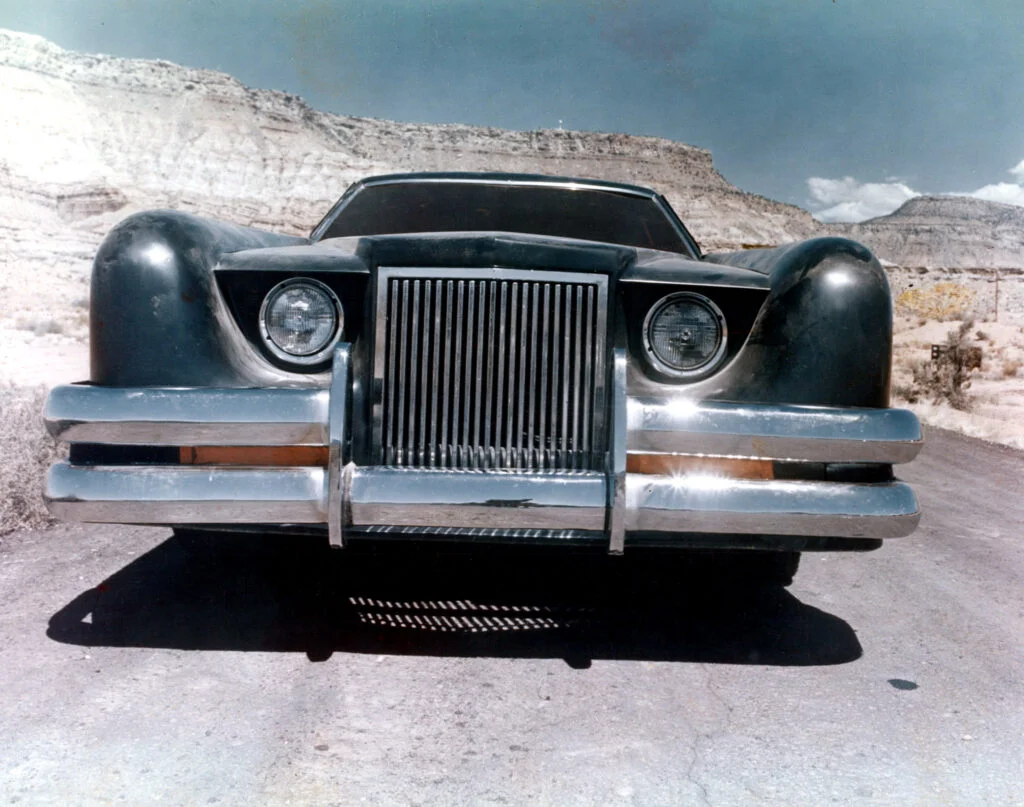
Universal Pictures marketed “The Car” as the next “Jaws,” with a sleek black automobile replacing the shark as an unstoppable killing machine terrorizing a small town. The trailer featured a demonic-looking Lincoln Continental seemingly possessed by Satan himself, running down innocent pedestrians and outmaneuvering police in spectacular chase sequences. With James Brolin leading the cast and impressive stunt work prominently displayed, the preview promised a nail-biting thriller that would do for driving what “Jaws” did for swimming.
What we got instead was a cheesy B-movie with long stretches of boredom interrupted by occasional car attacks that often looked more silly than scary. The promised supernatural element remained frustratingly unexplained, and the film struggled to maintain tension when its villain was, after all, just a car that could be defeated by driving up a hill. Director Elliot Silverstein seemed uncertain whether to play the concept straight or lean into the absurdity, resulting in an uneven tone that satisfied neither horror nor action fans, though the film has developed a small cult following among automotive enthusiasts fascinated by the custom-built Lincoln.
7. “At the Earth’s Core” (1976)
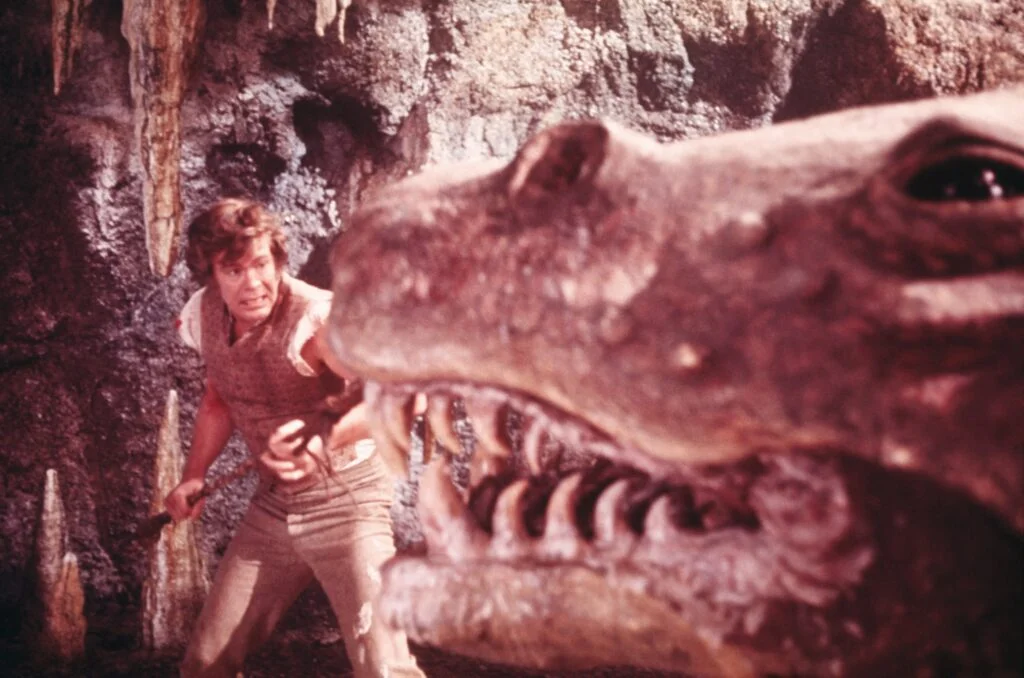
American International Pictures presented “At the Earth’s Core” with a trailer featuring spectacular creatures, exotic landscapes, and the promise of an epic adventure beneath the surface of our planet. With Doug McClure and Peter Cushing operating a massive “iron mole” drilling machine, the preview showcased battles with prehistoric monsters, mysterious telepathic villains called Mahars, and beautiful cave women in fur bikinis. The narration promised “the greatest adventure of all time” with special effects that would transport us to a lost world filled with danger and excitement.
The reality was a parade of men in rubber monster suits, sets that looked suspiciously like the same cave filmed from different angles, and special effects that wouldn’t pass muster in a high school production. Cushing, normally a commanding presence, spent most of the film in a ridiculous outfit looking confused, while the promised spectacular creatures appeared as if they might fall apart if the actors breathed on them too hard. Despite the disappointment, there was something endearingly innocent about the film’s attempts to create wonder on a shoestring budget, making it perfect fodder for late-night television viewing where expectations were appropriately calibrated.
8. “The Neptune Factor” (1973)
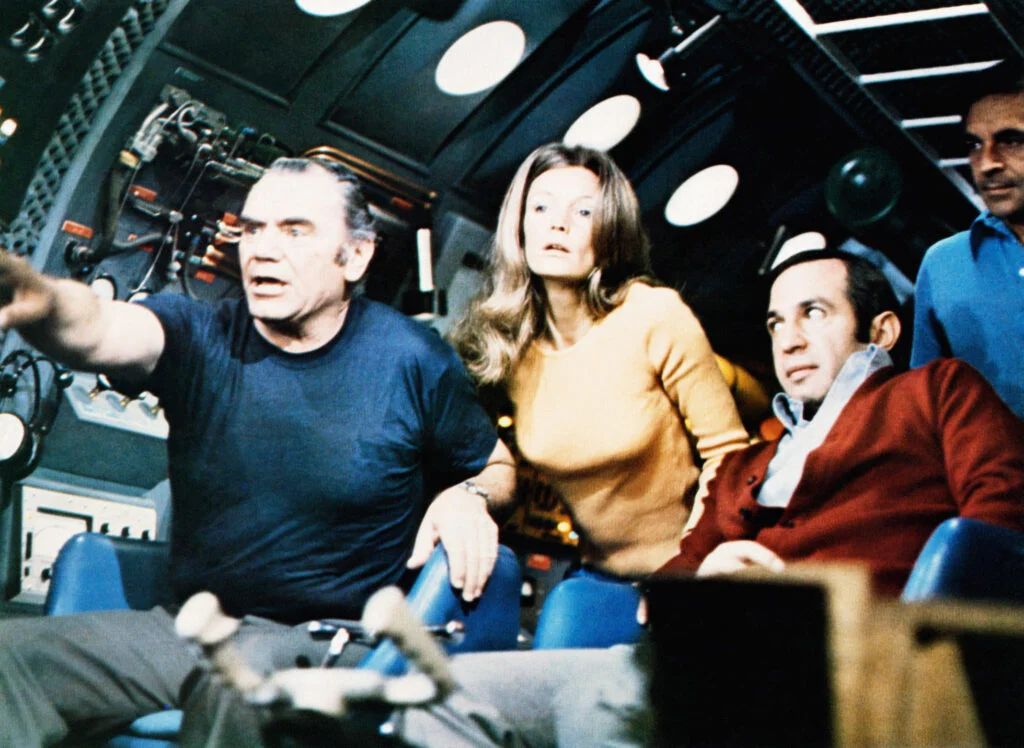
Twentieth Century Fox’s underwater adventure “The Neptune Factor” promised groundbreaking underwater photography and a deep-sea rescue mission filled with danger and enormous sea creatures. The trailer featured what appeared to be gigantic versions of ordinary fish and aquatic life threatening our heroes in miniature submarines, with the tagline “a depth beyond imagination… a danger beyond belief!” With respected actors like Ernest Borgnine, Walter Pidgeon, and Ben Gazzara leading the cast, and impressive shots of high-tech diving equipment, audiences expected a realistic underwater thriller with spectacular aquatic perils.
What we actually got was largely footage of regular-sized tropical fish filmed in aquariums with miniature props to create the illusion of giant creatures – an effect that fooled precisely no one. The “groundbreaking underwater photography” consisted mainly of actors in a set pretending to be in submersibles while fish tanks were placed in front of the camera. The promised tension and excitement were largely absent, replaced by long, ponderous sequences of submarines moving slowly through murky water while the cast looked concerned and spouted technical jargon that made little scientific sense.
9. “Prophecy” (1979)
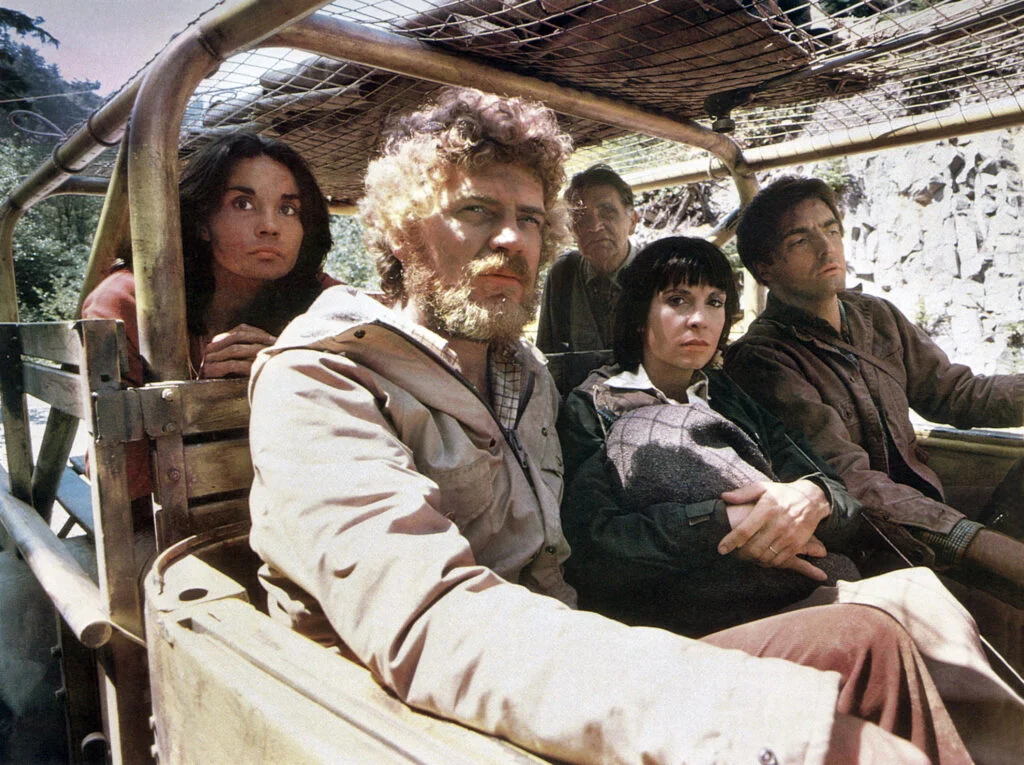
John Frankenheimer’s environmental horror film “Prophecy” was marketed with a trailer that promised a terrifying monster created by pollution, threatening to destroy everything in its path in the Maine wilderness. The preview carefully avoided showing the creature clearly, using quick cuts and shadowy glimpses that suggested something truly nightmarish, while stars Talia Shire and Robert Foxworth lent credibility to what was promoted as a serious ecological thriller. The tagline “The monster movie” led us to expect a creature feature that would rival “Alien” in terms of design and terror.
The actual film revealed a monster that looked suspiciously like a man in a garbage bag covered in oatmeal, moving awkwardly through the forest in sequences that often elicited laughter rather than screams. The infamous scene of a kid in a sleeping bag being smacked against a rock (which wasn’t in the trailer) became unintentionally hilarious due to the obvious dummy being used. While the environmental message was admirable, the execution fell so far short of the trailer’s promise that audiences felt downright bamboozled, especially given Frankenheimer’s reputation for quality filmmaking.
10. “Phase IV” (1974)
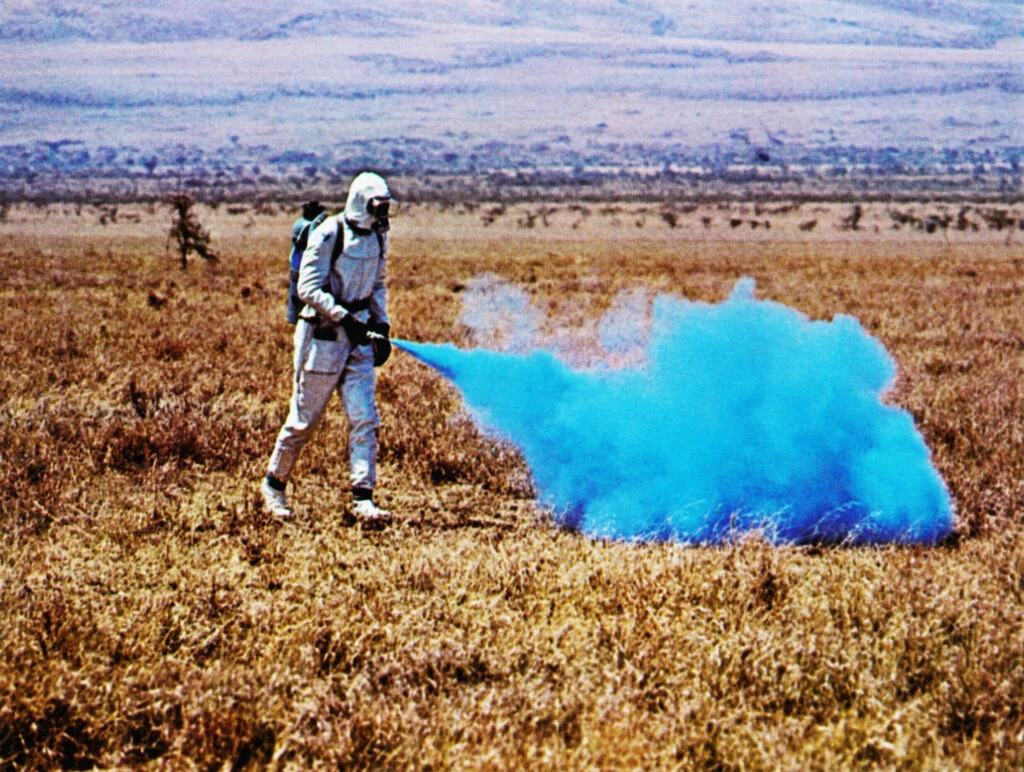
Paramount Pictures presented “Phase IV” as a terrifying science fiction thriller about superintelligent ants mounting an organized attack on humanity, with stunning micro-photography and a storyline that suggested a global insect takeover. The trailer featured incredible close-up shots of ants building mysterious towers and communicating in ways that seemed almost supernatural, along with dramatic music and narration warning that “Phase I was their buildup, Phase II was their invasion plan, Phase III was their takeover, and Phase IV is their domination!” The preview promised both visual innovation and psychological terror in what appeared to be a scientifically plausible nightmare scenario.
What audiences experienced was a slow-paced, cerebral film that focused more on scientific inquiry and existential questions than ant attacks or global catastrophe. Director Saul Bass (famous for his title sequence designs) created a visually striking but narratively challenging film that confused many viewers expecting traditional horror thrills. While the ant photography was indeed remarkable and has influenced films for decades since, the promised terror of insect domination mostly manifested as long sequences of scientists looking concerned in a geodesic dome while occasional ant activity occurred elsewhere, leading disappointed audiences to wonder when the real action would start.
11. “Damien: Omen II” (1978)
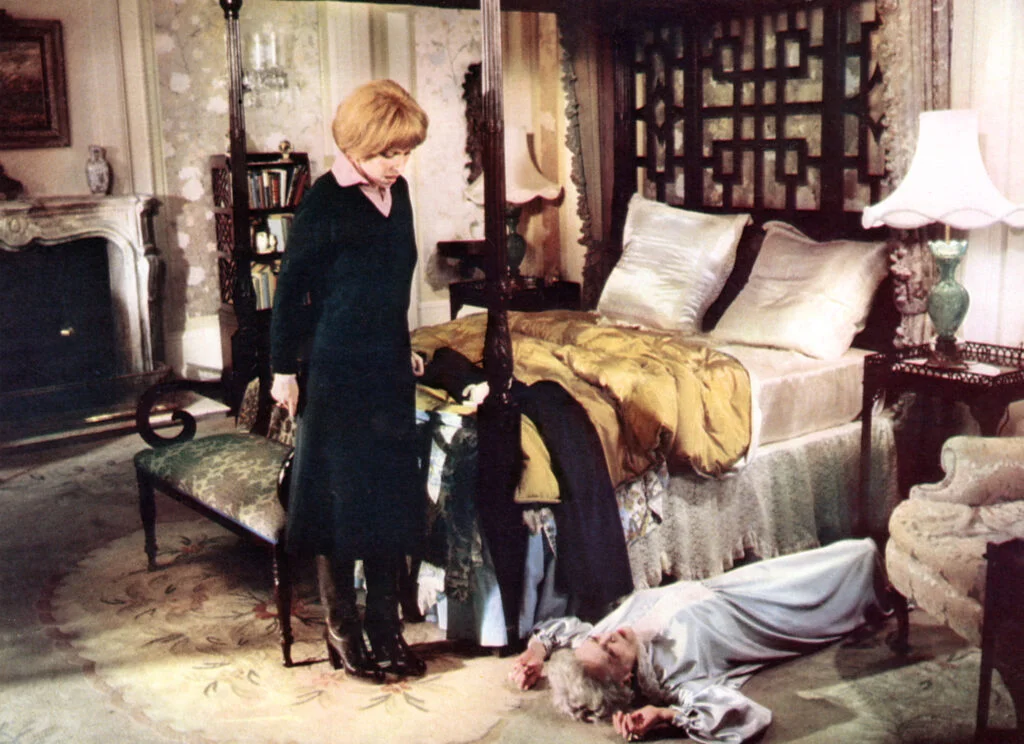
The trailer for “Damien: Omen II” promised to ratchet up the terror from the original “Omen,” showing the Antichrist as a teenager discovering and embracing his unholy powers. With dramatic music, scenes of spectacular deaths, and the tagline “The first time was only a warning,” the preview suggested a supernatural horror experience even more powerful than its predecessor. William Holden and Lee Grant lent star power, while quick cuts of crows attacking, people drowning under ice, and mysterious figures watching from shadows promised a relentless nightmare that would surpass the original’s memorable decapitation scene.
The actual film delivered a few creative death sequences but mostly offered a formulaic rehash of the original’s plot points, with characters slowly discovering Damien’s identity before meeting predictable ends. Many of the most impressive moments from the trailer were the film’s only memorable scenes, connected by long stretches of dialogue and exposition that failed to build the promised tension. The corporate setting and military school backdrop lacked the gothic atmosphere that made the original so effective, and young Jonathan Scott-Taylor’s Damien seemed more like a moody teenager than the Son of Satan, leaving audiences checking their watches instead of the shadows for lurking evil.
12. “The Island of Dr. Moreau” (1977)
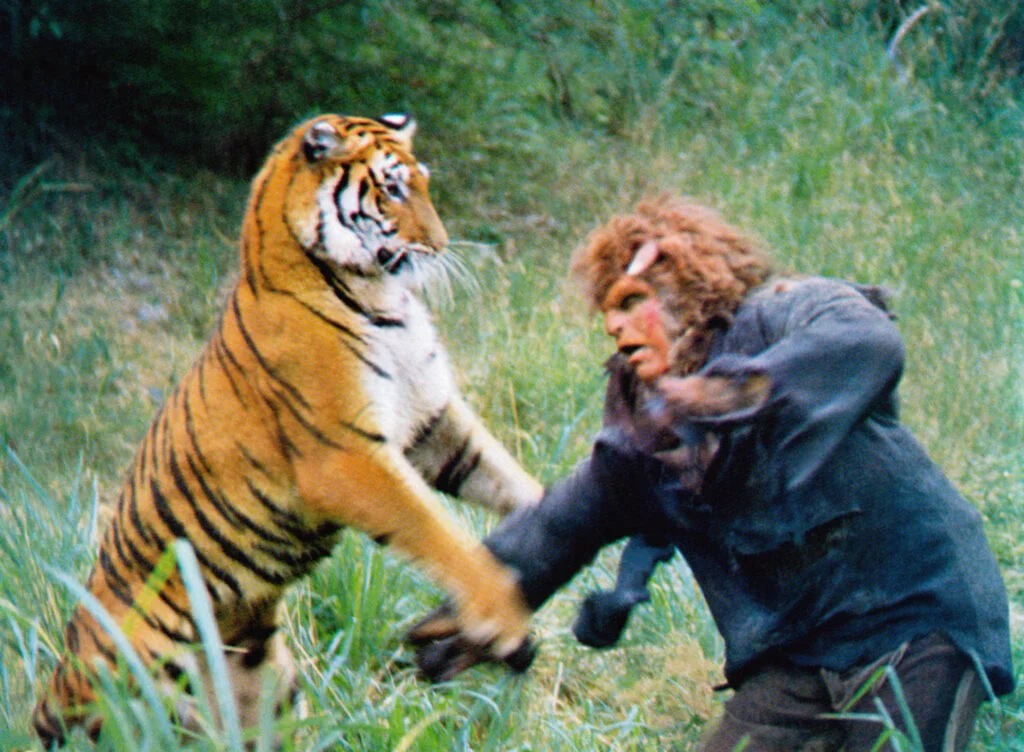
American International Pictures sold “The Island of Dr. Moreau” as a terrifying sci-fi horror experience featuring Burt Lancaster as the mad scientist creating half-human, half-animal hybrids on a remote island. The trailer showcased impressive creature makeup, exotic jungle settings, and suggested profound philosophical questions about the nature of humanity alongside scenes of bestial violence. With Michael York as the shipwrecked hero discovering the horrifying truth and Lancaster’s commanding presence as Moreau, the preview promised both intelligent science fiction and visceral horror in adapting H.G. Wells’ classic novel.
The theatrical release proved disappointingly tame, with creature designs that looked more cuddly than threatening and a sanitized approach that avoided truly exploring the disturbing implications of Moreau’s experiments. The PG rating (sought to attract wider audiences) meant the horror elements were severely watered down, resulting in what felt like a jungle adventure with people in fuzzy costumes rather than the disturbing meditation on man playing god suggested by the trailer. Many audience members left theaters feeling they’d seen a neutered version of what could have been a provocative film, though Lancaster’s performance provided some compensation for the otherwise underwhelming experience.
13. “Laserblast” (1978)
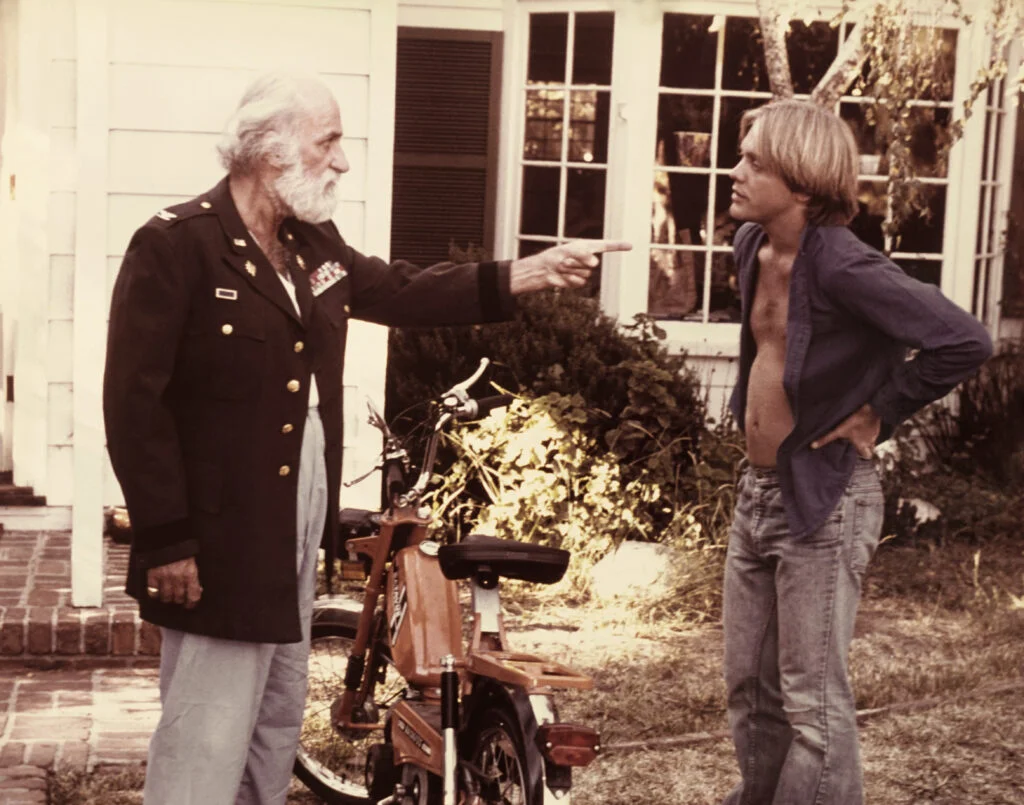
The trailer for “Laserblast” promised a science fiction spectacle featuring an alienated teenager who discovers an extraterrestrial weapon that gives him extraordinary powers, leading to an explosive revenge story with groundbreaking special effects. The preview highlighted laser battles, explosions, and stop-motion alien creatures created by David Allen (who had worked on more prestigious projects), suggesting a Star Wars-level space adventure with a rebellious teenage protagonist. The narration promised “the most devastating weapon in the universe” in a film that would deliver both action and allegory about power corruption.
What audiences actually got was a painfully low-budget affair with effects that wouldn’t pass muster in a high school film class, wooden acting, and a story that moved at a glacial pace despite its relatively short runtime. The promised laser battles consisted mainly of unconvincing beams hitting models of police cars that obviously were toys, while the protagonist’s transformation into a monstrous alien-human hybrid looked like bad Halloween makeup. Despite its shortcomings (or perhaps because of them), “Laserblast” achieved immortality when it was featured on Mystery Science Theater 3000, where its trailer-versus-reality gap was mercilessly but deservedly mocked.
Those ’70s movie trailers taught us a valuable lesson about managing expectations, but they also represented an art form in themselves – mini-movies that fired our imaginations and got us into theater seats weekend after weekend. Looking back, maybe the disappointment was part of the charm, creating shared experiences we still talk about decades later. The gap between promise and delivery gave us something to debate over diner food after the show, and honestly, isn’t that camaraderie what made moviegoing so special in the first place? Those trailers may have stretched the truth thinner than polyester leisure suits, but they’re now beloved relics of a time when the anticipation was often better than the destination – and we wouldn’t have had it any other way.


